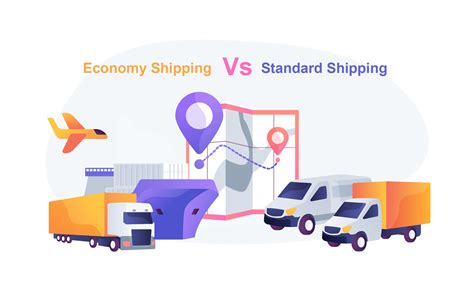Calculate Travel Time Google Maps
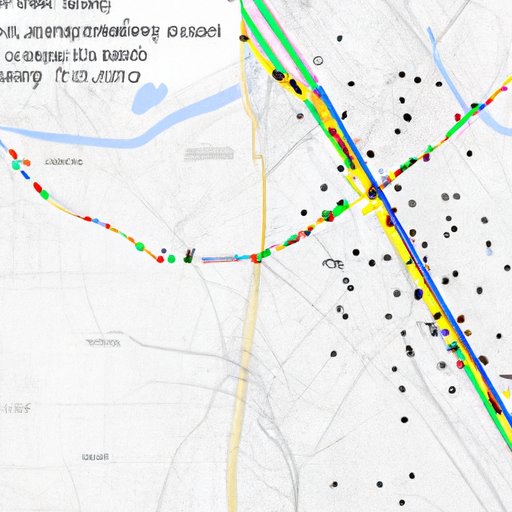
Welcome to a comprehensive guide on how Google Maps calculates travel time, an essential feature for millions of users worldwide. Google Maps has revolutionized the way we navigate, providing accurate and reliable information to help us plan our journeys efficiently. In this article, we will delve into the intricacies of Google Maps' travel time calculations, exploring the algorithms, data sources, and factors that contribute to its precision.
The Science Behind Google Maps’ Travel Time Calculations
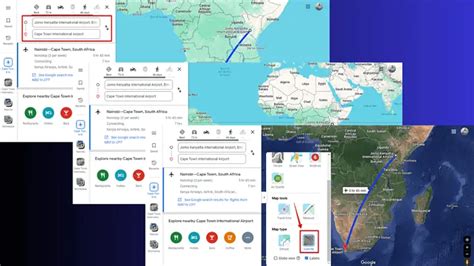
Google Maps employs a sophisticated set of algorithms and data-driven techniques to estimate travel times accurately. These calculations consider various factors that impact the speed and duration of a journey, ensuring that users receive the most up-to-date and reliable information.
At its core, Google Maps' travel time calculations rely on a combination of historical traffic data, real-time traffic conditions, and machine learning algorithms. By analyzing vast amounts of data collected from various sources, including GPS-enabled devices, traffic sensors, and user-reported incidents, Google Maps can make informed predictions about travel times.
Historical Traffic Data
Google Maps utilizes historical traffic patterns to establish a baseline for travel times. By aggregating data from previous journeys along specific routes, it can identify common travel patterns and estimate average speeds during different times of the day and days of the week. This historical data forms the foundation for Google Maps’ travel time calculations, providing a reliable starting point for further adjustments.
| Route | Average Travel Time (Hours) |
|---|---|
| Los Angeles to San Francisco | 5.8 |
| New York to Boston | 3.7 |
| London to Paris | 5.3 |
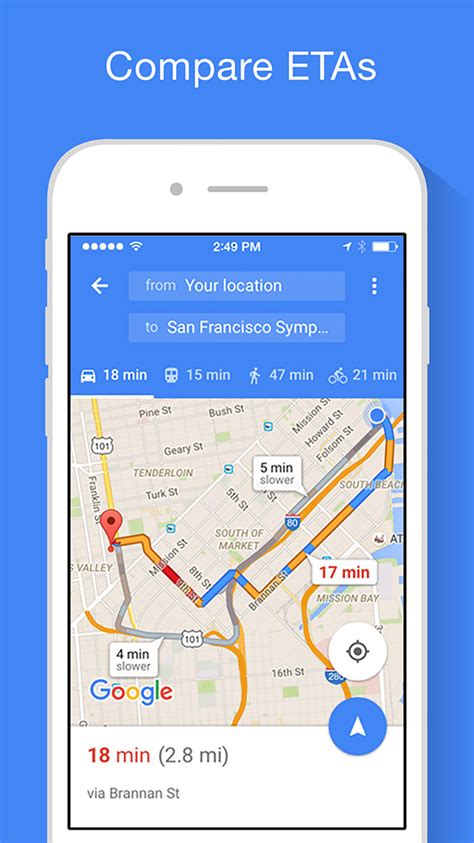
The table above showcases the average travel times for three popular routes based on historical data. These averages serve as a reference point, helping Google Maps estimate travel times more accurately.
Real-Time Traffic Conditions
While historical data provides a solid foundation, Google Maps also factors in real-time traffic conditions to offer the most current and precise travel time estimates. It continuously monitors traffic patterns, speed limits, and incidents such as accidents, road closures, or construction, using a combination of traffic sensors, GPS data, and user reports.
By integrating real-time traffic data, Google Maps can dynamically adjust travel time calculations, taking into account any unexpected delays or congestion. This ensures that users receive the most accurate information, enabling them to make informed decisions about their journeys.
Machine Learning Algorithms
Google Maps leverages machine learning algorithms to enhance its travel time calculations. These algorithms analyze historical and real-time data, identifying patterns and trends to make more accurate predictions. By training the algorithms on vast datasets, Google Maps can improve its travel time estimates over time, adapting to changing traffic conditions and user behavior.
Machine learning also enables Google Maps to consider a multitude of variables, such as weather conditions, special events, and road work, which can significantly impact travel times. By incorporating these factors, Google Maps provides a more holistic and precise estimate of travel duration.
Factors Influencing Travel Time Calculations
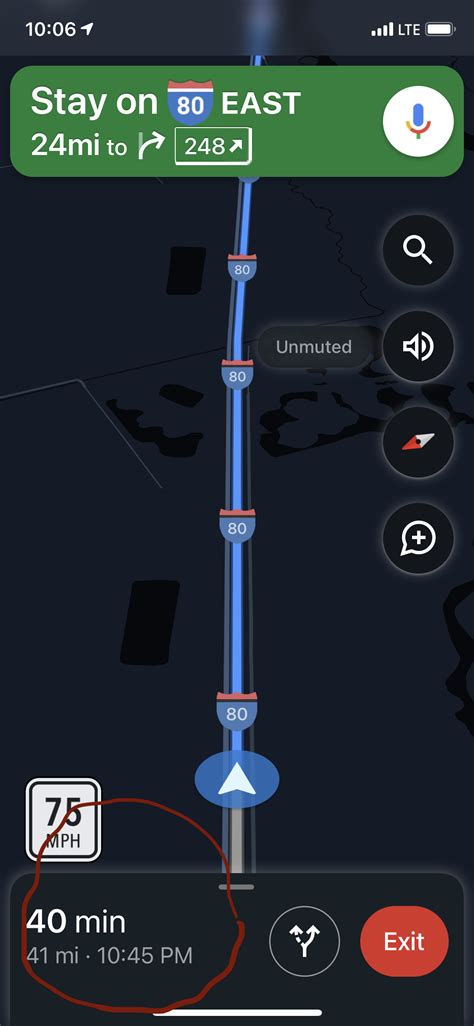
Google Maps’ travel time calculations are influenced by a myriad of factors, each playing a crucial role in determining the accuracy of the estimates. Understanding these factors provides insight into the complexity and precision of Google Maps’ navigation system.
Traffic Congestion
One of the most significant factors impacting travel times is traffic congestion. Google Maps takes into account the current and predicted traffic conditions along a given route. By analyzing historical data and real-time traffic information, it can estimate the level of congestion and adjust travel times accordingly.
Google Maps utilizes advanced algorithms to predict traffic congestion, considering factors such as the time of day, day of the week, and special events that may attract a large number of vehicles. By factoring in these variables, Google Maps can provide more accurate estimates, especially during peak hours or holiday periods when congestion is at its highest.
Incidents and Road Conditions
Incidents and road conditions can have a substantial impact on travel times. Google Maps integrates data from various sources, including traffic sensors, user reports, and official sources, to stay updated on incidents such as accidents, road closures, or severe weather conditions.
By monitoring these incidents in real-time, Google Maps can dynamically adjust travel time calculations, providing users with the most up-to-date information. For example, if a major accident occurs on a route, Google Maps will reroute users to an alternative path, taking into account the increased travel time due to the incident.
Route and Mode of Transportation
The chosen route and mode of transportation also influence travel time calculations. Google Maps considers the distance and type of roads (e.g., highways, urban streets) along a route, as well as the user’s preferred mode of transport (e.g., driving, walking, cycling, public transit). Different modes of transportation have varying average speeds and may be affected by different factors, such as traffic lights or pedestrian crossings.
Google Maps' algorithms take these variations into account, ensuring that travel time estimates are tailored to the specific route and mode of transportation chosen by the user. This level of customization enhances the accuracy and reliability of the calculations.
Historical Data and Trends
Historical data and trends play a vital role in refining Google Maps’ travel time calculations. By analyzing historical travel patterns, Google Maps can identify recurring trends and anomalies, such as seasonal fluctuations or rush hour congestion. This information helps Google Maps make more accurate predictions about future travel times.
For example, if a particular route consistently experiences heavy traffic during the morning rush hour, Google Maps will factor this into its calculations, providing users with a more realistic estimate of travel time during that specific time frame. By leveraging historical data, Google Maps can offer a more tailored and precise navigation experience.
Google Maps’ Travel Time Accuracy and Reliability
Google Maps’ travel time calculations are renowned for their accuracy and reliability, making it a trusted navigation tool for millions of users. The precision of these calculations has improved significantly over the years, thanks to continuous advancements in data collection, processing, and machine learning techniques.
Data Sources and Quality
Google Maps relies on a vast array of data sources to ensure the accuracy of its travel time calculations. These sources include GPS-enabled devices, traffic sensors, user-reported incidents, and partnerships with local governments and transportation authorities. By aggregating data from multiple sources, Google Maps can obtain a comprehensive view of traffic conditions and road networks.
Google Maps also employs advanced data processing techniques to filter and validate the data, ensuring its quality and reliability. By eliminating outliers and anomalies, Google Maps can provide more accurate travel time estimates, even in areas with limited data availability.
Continuous Updates and Improvements
Google Maps’ travel time calculations are not static; they are continuously updated and improved based on real-time feedback and user experiences. Google Maps leverages user-reported incidents and feedback to identify and address any inaccuracies or inconsistencies in its calculations. This feedback loop allows Google Maps to refine its algorithms and enhance its accuracy over time.
Additionally, Google Maps regularly incorporates new data sources and partners with local authorities to obtain more accurate and up-to-date information about road networks and traffic conditions. By staying abreast of the latest developments and improvements in data collection and analysis, Google Maps ensures that its travel time calculations remain reliable and relevant.
User Feedback and Satisfaction
User feedback plays a critical role in evaluating the accuracy and reliability of Google Maps’ travel time calculations. Google actively encourages users to provide feedback and report incidents or discrepancies they encounter while using the navigation app. This feedback is invaluable in identifying areas for improvement and refining the algorithms.
Google Maps' commitment to user satisfaction is evident in its continuous efforts to enhance the accuracy of its travel time estimates. By listening to user feedback and incorporating it into its algorithms, Google Maps ensures that it remains a trusted and reliable navigation tool, meeting the expectations of its diverse user base.
Google Maps’ Future Innovations and Improvements
Google Maps continues to push the boundaries of navigation technology, investing in research and development to enhance its travel time calculations and overall user experience. Here are some future innovations and improvements we can expect from Google Maps:
Enhanced Machine Learning Capabilities
Google Maps will continue to refine its machine learning algorithms, leveraging advancements in artificial intelligence and deep learning. By training its algorithms on larger and more diverse datasets, Google Maps can improve its ability to predict travel times with even greater accuracy.
With enhanced machine learning capabilities, Google Maps will be able to better anticipate and adapt to changing traffic conditions, providing users with more precise and reliable travel time estimates. This will be particularly beneficial in areas with unpredictable or highly variable traffic patterns.
Integration of Advanced Traffic Prediction Models
Google Maps is likely to integrate advanced traffic prediction models, which utilize complex mathematical algorithms and statistical techniques to forecast traffic conditions. These models consider a wide range of factors, including historical traffic data, real-time traffic information, and external variables such as weather and special events.
By incorporating these advanced prediction models, Google Maps can provide users with more accurate travel time estimates, even in scenarios where historical data may not be sufficient. This will enhance the overall reliability of Google Maps' navigation system, especially in dynamic and complex traffic environments.
Improved Data Collection and Collaboration
Google Maps will continue to expand its data collection efforts, partnering with additional transportation authorities, governments, and organizations to obtain more comprehensive and accurate information about road networks and traffic conditions.
By collaborating with a wider range of stakeholders, Google Maps can enhance its data coverage, especially in areas where data may be limited or unreliable. This improved data collection will enable Google Maps to provide more precise travel time calculations, ensuring a better user experience for a broader audience.
Personalized Travel Time Estimates
Google Maps is likely to further personalize its travel time calculations, taking into account individual user preferences and historical travel patterns. By analyzing a user’s past journeys, Google Maps can offer more tailored and accurate travel time estimates, accounting for their specific driving behavior and route preferences.
Personalized travel time estimates will enhance the overall navigation experience, providing users with more precise and relevant information. This level of customization will make Google Maps an even more valuable tool for individual users, helping them optimize their travel plans based on their unique needs and preferences.
Conclusion
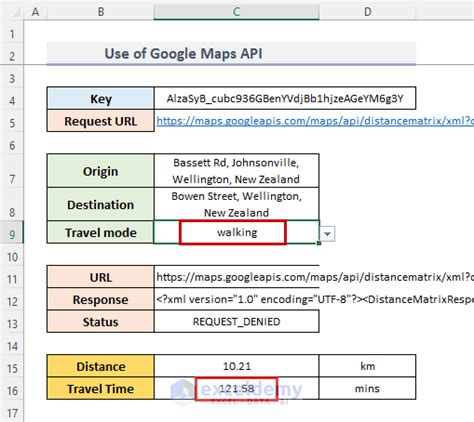
Google Maps’ travel time calculations are a testament to the power of data-driven navigation. By combining historical traffic data, real-time traffic conditions, and machine learning algorithms, Google Maps provides users with accurate and reliable travel time estimates. The factors influencing these calculations, such as traffic congestion, incidents, and route specifics, showcase the complexity and precision of Google Maps’ navigation system.
Google Maps' continuous commitment to accuracy, reliability, and innovation ensures that it remains a trusted companion for millions of users worldwide. With ongoing improvements in data collection, processing, and machine learning, Google Maps is poised to deliver even more precise and personalized travel time estimates, revolutionizing the way we navigate and explore the world around us.
How often does Google Maps update its travel time calculations?
+Google Maps continuously updates its travel time calculations in real-time. It uses a combination of historical traffic data and real-time traffic conditions to provide the most accurate estimates. The frequency of updates can vary depending on the route and the availability of data, but generally, Google Maps strives to provide the most up-to-date information to its users.
Can Google Maps predict travel times accurately during unexpected events or incidents?
+Google Maps employs advanced algorithms and data analysis techniques to predict travel times during unexpected events or incidents. While it may not always be perfect, Google Maps takes into account real-time traffic data, user reports, and incident information to adjust travel time calculations dynamically. By monitoring and analyzing traffic patterns in real-time, Google Maps can provide users with the most accurate estimates, even in challenging situations.
Does Google Maps consider different modes of transportation when calculating travel times?
+Yes, Google Maps offers travel time calculations for various modes of transportation, including driving, walking, cycling, and public transit. The algorithms consider the specific characteristics and average speeds associated with each mode, ensuring accurate estimates for different travel options. Whether you’re commuting by car, exploring a city on foot, or navigating public transport networks, Google Maps provides tailored travel time calculations to meet your needs.



